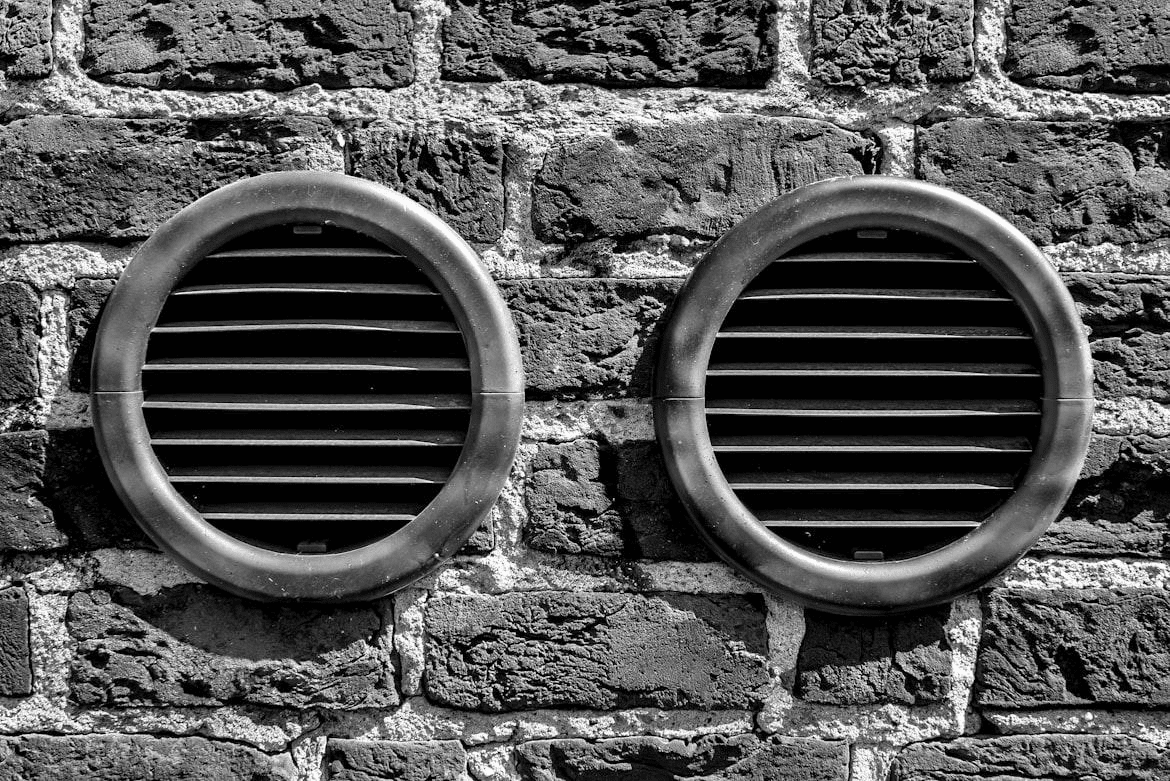How Clean Ventilation Improves Office Air Quality

Workplace health and productivity often depend on factors that go unnoticed. While lighting, ergonomic furniture, and technology receive considerable attention, the quality of indoor air is just as critical. Poor ventilation can lead to fatigue, allergies, and even serious respiratory issues, all of which reduce employee well-being and efficiency.
Maintaining clean air through proper ventilation systems is about comfort and about creating an environment where employees can thrive. Clean ducts, filters, and airflow systems are key to supporting both physical health and workplace performance.
The Role of Ducts and Ventilation Systems
Ventilation systems are the lungs of any office building. They circulate air, regulate temperature, and filter out dust, allergens, and pollutants. Ducts and filters accumulate dirt, debris, and even mold, which can circulate harmful particles back into the workplace. This is why many businesses turn to professional duct cleaning to ensure their systems operate efficiently and contribute to healthier air quality. When ducts are clogged, the system works harder to move air, consuming more energy and leading to higher utility bills.
Beyond efficiency, neglected systems create an environment where contaminants thrive. Clean ventilation systems reduce the spread of allergens, improve airflow, and minimize the risks associated with poor air circulation. This makes duct cleaning a health measure and a financial and operational advantage.
The Impact on Employee Health
Indoor air quality has a direct effect on health outcomes. Employees exposed to dust, mold spores, or volatile organic compounds (VOCs) are more likely to experience headaches, eye irritation, and respiratory problems. Long-term exposure can worsen conditions such as asthma or contribute to chronic fatigue.
By maintaining clean ventilation systems, employers reduce these risks significantly. Fresh, filtered air helps employees stay alert and reduces absenteeism due to health issues. Clean air supports immune function, making the office less susceptible to widespread illnesses during cold and flu seasons. A healthier workforce translates into higher morale, increased productivity, and stronger organizational performance.
Energy Efficiency and Cost Savings
Another important advantage of clean ventilation systems is improved energy efficiency. When ducts are free of debris, air flows smoothly and requires less energy to circulate. Systems that operate efficiently reduce energy consumption, which lowers utility bills and supports sustainability initiatives.
Companies committed to green practices can use proper ventilation maintenance as part of their broader environmental strategies. Reducing energy waste aligns with corporate social responsibility goals and demonstrates to clients and employees that the organization values both health and sustainability. In this sense, ventilation maintenance is an investment that pays off financially and ethically.
Enhancing Workplace Comfort
Comfort is often overlooked when considering ventilation, but it plays a critical role in how employees feel about their workspace. Uneven airflow can create hot and cold spots, while dusty ducts may circulate odors or allergens that make the environment unpleasant. Clean ventilation systems provide consistent temperatures and improved air freshness, creating a workspace that feels more inviting and supportive of productivity.
When employees feel comfortable, they are more focused and engaged. Proper airflow prevents excess humidity, which can contribute to mold growth or discomfort. For client-facing offices, clean air and pleasant conditions create a better impression, reinforcing professionalism and attention to detail.
Compliance With Safety Standards
Many industries are subject to air quality regulations, particularly those that handle chemicals, dust, or other hazardous materials. Even in standard office settings, organizations must comply with building codes and occupational safety standards. Poor ventilation puts health at risk and can lead to regulatory penalties if inspections reveal issues.
Regular maintenance, including duct cleaning, demonstrates compliance and reduces liability. By proactively managing air systems, businesses avoid costly fines while showing employees and clients that their safety is a priority. This proactive approach supports long-term organizational reputation and trust.
Steps Toward Better Ventilation Management
Improving office air quality begins with consistent maintenance practices. Regularly replacing filters, scheduling duct cleanings, and monitoring humidity levels are all essential steps. Businesses should conduct periodic indoor air quality assessments to identify hidden risks. Educating employees about proper ventilation use, for example, avoiding blocked vents or misused thermostats, helps maintain system performance.
Investing in advanced solutions such as smart ventilation controls or air purifiers can further improve results. These systems provide real-time data and allow businesses to adjust airflow based on occupancy, ensuring optimal conditions while minimizing waste.

Clean ventilation is fundamental to maintaining healthy, comfortable, and efficient office spaces. By investing in duct cleaning and consistent system maintenance, organizations reduce health risks, lower energy costs, and create an environment where employees feel supported. Air quality is not just about comfort; it is directly tied to productivity, safety, and organizational success.
For businesses seeking long-term growth, prioritizing clean air is a simple yet powerful strategy. A well-maintained ventilation system strengthens employee well-being, enhances workplace satisfaction, and positions the company as a leader in health-conscious, sustainable operations.





